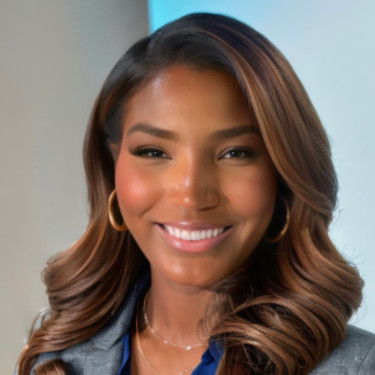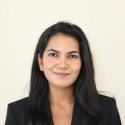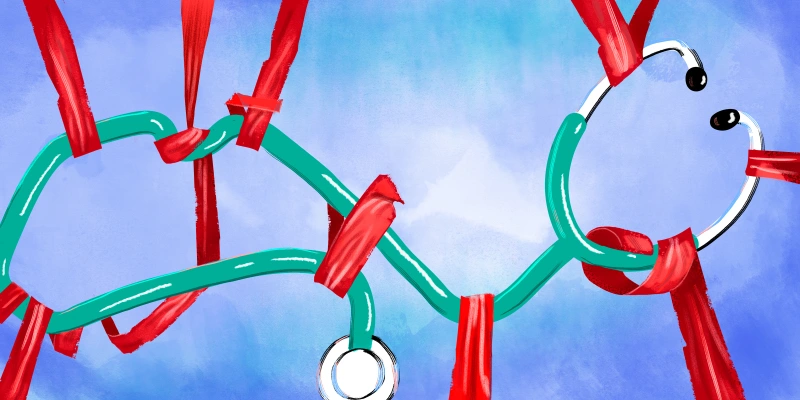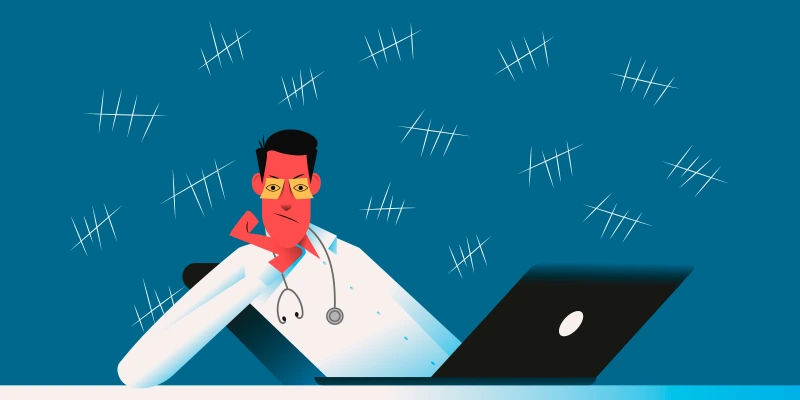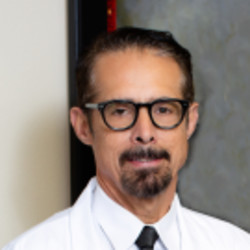When I walked into the exam room, Sarah, a 17-year-old girl, sat quietly beside her mother. As we began speaking, it became clear that there was an invisible barrier to our communication.
Sarah is deaf, and her primary language is American Sign Language (ASL). Until then, her mother, who speaks Spanish and limited ASL, had always interpreted for her during doctor’s visits because no doctor had provided an ASL interpreter. As a result, Sarah had never experienced a direct conversation with a doctor. She had never had the opportunity to express herself fully, ask questions, or share concerns privately about her health. None of her doctors had ever communicated directly with her.
I felt a deep responsibility to ensure she was heard — her voice, not just her mother’s interpretation.
I asked Sarah if she would feel comfortable speaking with me alone. She nodded, though I could sense her hesitation. I quickly arranged for an ASL interpreter via iPad, and just as quickly Sarah opened up about her experiences with medication, school, mental health, and dating — topics that she had previously not wanted to discuss due to the lack of an interpreter being available in the past.
Adolescents need access to private conversations with their clinicians, especially as they transition into adulthood. During this critical time, they are learning to take responsibility for their health, and private conversations empower them to express concerns they may not feel comfortable sharing in front of a parent. Research has shown that privacy concerns often prevent adolescents from seeking care and that their ability to discuss sensitive topics — such as sexual behavior, mental health, or substance use — can be significantly impacted by the presence of a parent. When patients can speak freely, they are more likely to seek care, share information, and engage with treatment plans.
Sarah’s experience highlighted the added challenges that deaf patients face when they cannot communicate in their preferred language. Adolescence is already a challenging time of self-discovery, and for deaf teens like Sarah, health care can feel isolating and disempowering if communication is limited. In the U.S., studies indicate that deaf patients make fewer visits to PCPs and more frequent trips to ERs compared to hearing patients. This pattern is likely due to a lack of communication access, leading to lower health literacy and knowledge among the deaf community.
Sarah was navigating a pivotal phase of her life — learning to advocate for herself and manage her health. Providing access to an interpreter meant she could take ownership of her medical care, ask questions about her treatments, and share her concerns about how her health affected her daily life. However, despite legal mandates, many deaf patients do not receive interpreter services in health care settings. This lack of support often leads to diminished access to care and can significantly hinder their ability to make informed decisions about their health.
This experience reinforced that no deaf patient should be forced to rely on family members, even with the best of intentions, to translate their health concerns. While Sarah’s mother had been a tremendous support, having an interpreter allowed Sarah to express herself without the emotional weight of her mother interpreting. As physicians, we must ensure every patient, regardless of hearing status or language, can communicate directly with us. Interpreters are not just facilitators; they are essential to providing comprehensive, patient-centered care.
For Sarah, access to an ASL interpreter is and should have always been a standard part of her care.
For the first time, she had been heard. And that made all the difference.
How have interpreter services improved the care you've provided for patients? Share in the comments!
Dr. Tasia Isbell is a Harvard-trained general pediatrician in Phoenix, AZ. She enjoys cycling, traveling, and using writing as a tool to advocate for children's health equity. She tweets at @DrTasiaIsbell. Dr. Isbell was a 2023–2024 Doximity Op-Med Fellow and continues as a 2024–2025 Doximity Op-Med Fellow.
Names and identifying details have been changed to protect patient privacy.
Image by Totkto77 / Shutterstock

